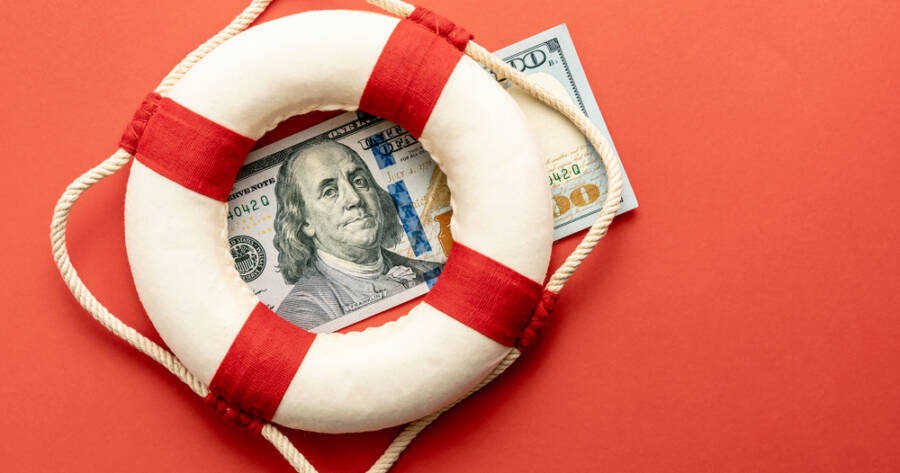An emergency fund is a financial safety net that can cover unexpected expenses like medical bills, car repairs, or sudden job loss. Building one might seem challenging, especially when your budget is tight, but setting aside even small amounts consistently can make a big difference. Prioritizing your savings and adopting simple strategies helps you prepare for the unexpected without feeling overwhelmed. Taking the first step today can protect your financial well-being tomorrow.
Start Small and Make It a Habit
Building an emergency fund doesn’t have to mean setting aside large sums right away. Start with a realistic goal, like saving $5 or $10 a week. Setting smaller, achievable targets helps you build momentum and develop a consistent habit. Use a dedicated savings account to keep your emergency fund separate from your everyday spending, minimizing the temptation to dip into it for non-essentials.
Automating your savings makes the process effortless. Set up a direct deposit from your paycheck into your emergency fund, so you’re saving without even thinking about it. Gradually increase your contribution as you get used to the process. Seeing your savings grow, even a little at a time, builds confidence and keeps you motivated to continue.
Cut Unnecessary Expenses Without Sacrificing Joy
Finding money to save often means evaluating your spending habits. Review your monthly expenses and identify areas where you can make cuts without feeling deprived. For instance, consider reducing takeout meals or opting for a streaming service instead of cable. Small adjustments, like making coffee at home or meal prepping, can free up funds for your emergency savings.
Being mindful of impulse purchases can also make a difference. Set a 24-hour rule for non-essential buys to determine whether they’re truly needed. Redirect the money you would have spent into your emergency fund instead. Trimming expenses in a way that still feels manageable helps you stay committed to your savings goal while maintaining your quality of life.
Find Creative Ways to Boost Your Savings
Supplementing your income, even temporarily, can accelerate your emergency fund growth. Consider selling unused items online, taking on a part-time gig, or offering a skill-based service in your community. Freelancing, pet sitting, or tutoring are practical ways to earn extra cash without a long-term commitment. Direct any additional income straight to your emergency fund to avoid spending it impulsively.
Take advantage of cash-back apps and rewards programs to maximize savings from everyday purchases. Using grocery rebate apps or credit card points can indirectly support your fund by reducing overall expenses. Combining a side hustle with smart shopping habits ensures your emergency fund grows faster without drastically changing your lifestyle.
Set Clear Goals and Track Your Progress
Knowing exactly why you’re saving can make it easier to stick with your plan. Set a specific goal, such as building a $1,000 cushion or covering three months’ worth of expenses. Breaking that goal into smaller milestones, like saving $100 or $200 at a time, makes progress feel more attainable. Celebrate each milestone to stay motivated.
Keep track of your savings with a visual chart or app. Watching your fund grow can be incredibly motivating, reinforcing your commitment. Share your progress with a trusted friend or family member who can offer encouragement. Staying accountable, even in small ways, helps maintain consistency and makes the savings process feel more rewarding.
Avoid Common Pitfalls That Derail Your Savings
It’s easy to accidentally dip into your emergency fund for non-urgent expenses. Labeling your savings account clearly, such as “Emergency Only,” serves as a reminder of its purpose. If a genuine emergency arises, use the fund without guilt, but make a plan to replenish it as soon as possible. This mindset helps preserve your progress even when setbacks occur.
Be cautious about borrowing from your emergency fund for discretionary purchases. If you feel tempted, revisit your financial priorities and remind yourself why the fund is essential. Building financial discipline means distinguishing between wants and genuine needs. Protecting your savings from impulsive spending helps ensure it’s there when you truly need it.
Build Your Fund with Windfalls and Unexpected Money
Tax refunds, bonuses, or gifts can provide a significant boost to your emergency savings. Instead of spending windfalls right away, commit to depositing a portion (if not all) into your fund. Even half of a tax refund or a birthday check can make a substantial impact. Treating unexpected money as an opportunity to strengthen your safety net helps build your fund faster.
If you receive regular seasonal income or freelance payments, allocate a fixed percentage to your savings immediately. This practice turns irregular earnings into reliable contributions. By committing windfalls to your emergency fund, you build a habit of prioritizing financial security over immediate gratification.
Building Financial Resilience for Peace of Mind
Creating an emergency fund on a tight budget may seem daunting, but it’s a worthwhile investment in your financial future. By setting small, achievable goals, cutting unnecessary expenses, and leveraging windfalls wisely, you gradually create a safety net that protects against unexpected challenges.
Staying consistent and celebrating progress keeps you motivated, while smart habits help you maintain your fund. With a little planning and dedication, you can build a financial cushion that offers peace of mind.

